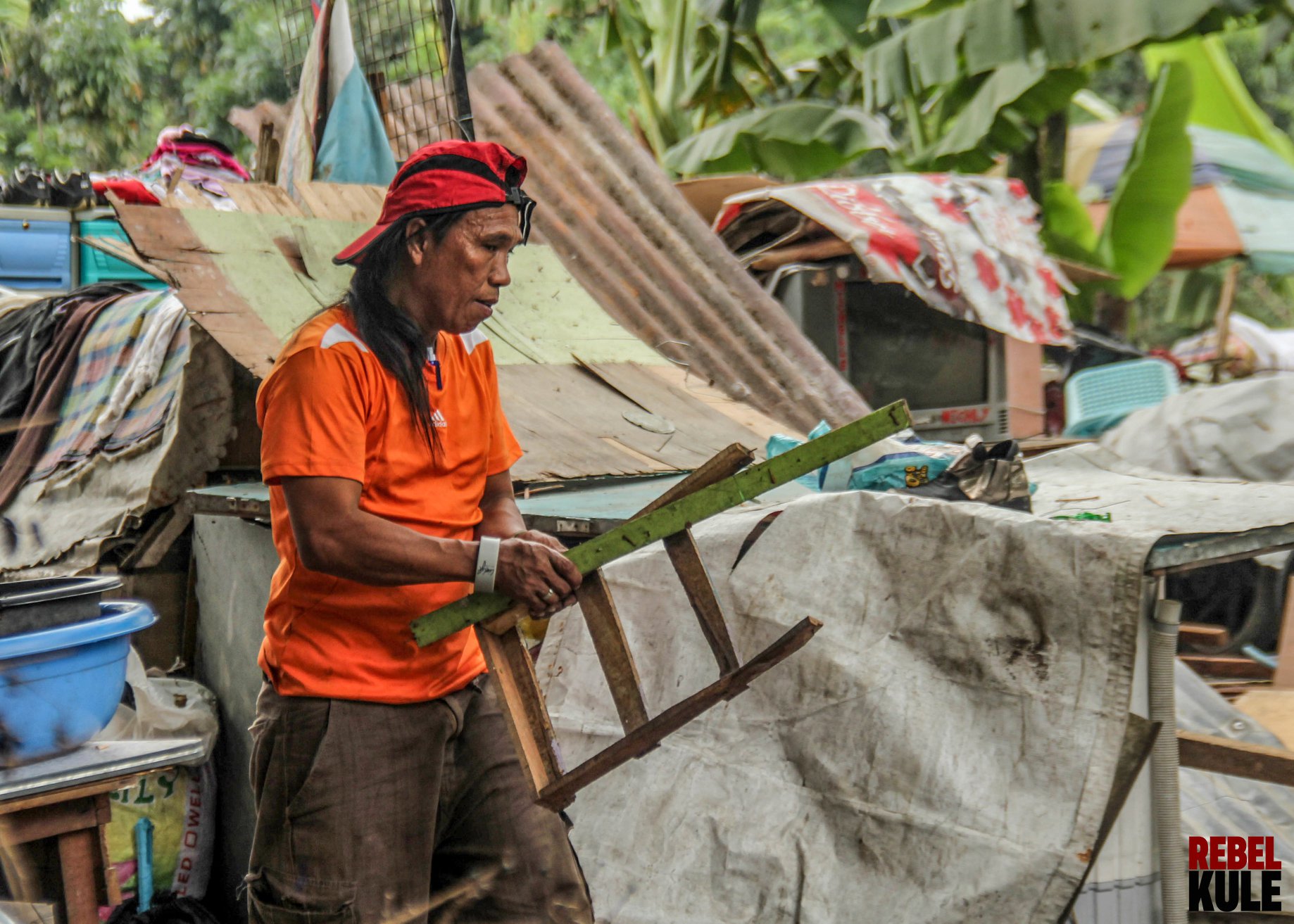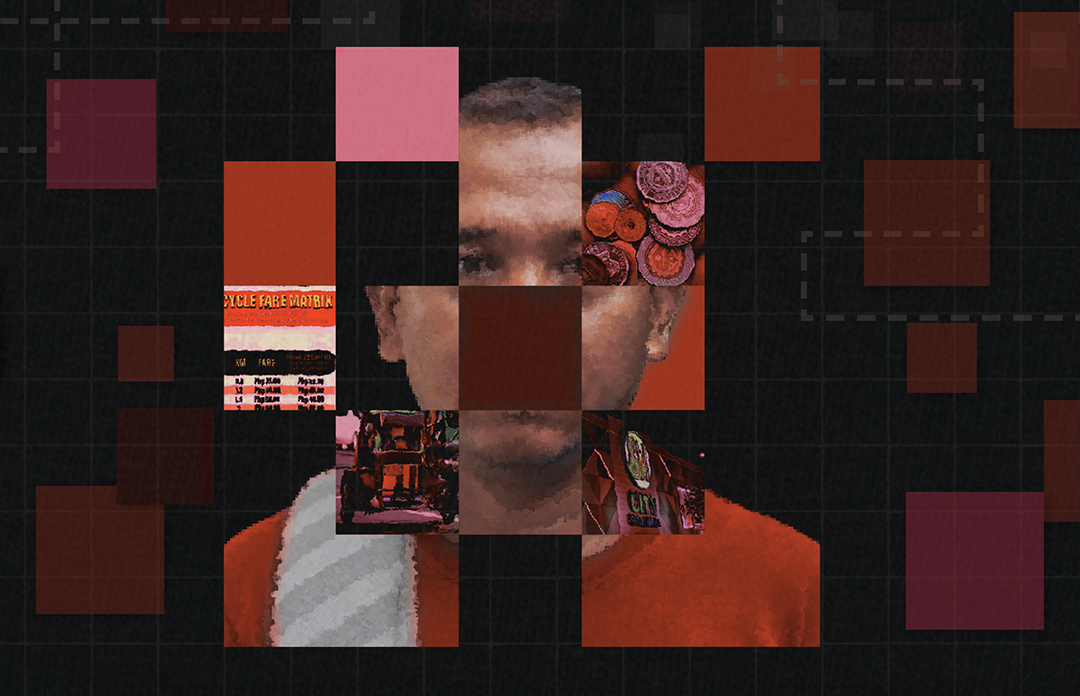By PAULINE GIDGET ESTELLA
More than 20 million Filipinos live in shanties located in different urban areas and infrastructure, whether under bridges, beside railways, or in idle or abandoned properties. These informal settlers—as they are called—care only about having a roof above their heads, despite the distinct possibility of being evicted or demolished.
In UP Diliman, informal settlements began as early as the 1960s, when 11 shanties were built in the UP Arboretum area. Currently, eight communities surrounding the campus, such as Barangay UP Campus, are considered informal settlements, occupying a total 66 hectares of land or 13 percent of the 493-hectare property of the university. Without an official contract with the administration, residents of these areas may face demolition should the university need the land for academic purposes.
The UP administration proceeded in demolishing houses in Barangay San Vicente for development projects such as the science and technology parks in 2006. Months later, President Gloria Macapagal-Arroyo announced in her state of the nation address that the extension of the C-5 Road will push through, displacing more than 1,500 residents of Pook Ricarte, Palaris and Dagohoy (RIPADA). The project was halted only after RIPADA residents barricaded a road leading to the area.
Urbanized Poverty
Land as a highly contested property has not only been the subject of conflicting interests in UP, but in most urban areas across the nation as well. The more important question, however, is which of these clashing interests is almost, if not always, ultimately subjugated.
For the past 50 years, the Philippines has experienced “the urbanization of poverty,” or the concentration of poor people from the provinces to the cities, said Prof. Lou Antolihao of the Institute of Culture in Ateneo de Manila University. Rural migrants left the countryside because they believe the cities offer more job opportunities, said Diana Veloso, a professor of sociology in UP. According to her, informal settlers are still stuck in a cycle of poverty because the lack of education hinders them from finding better-paying jobs.
According to a study conducted by the Center for Women’s Resources, more than half of the Philippine population currently lives in the cities; the figures are expected to reach 60 percent by 2010. Currently, more than 700,000 of the 1.4 million informal settler-families nationwide live in Metro Manila. With the continuing lack of affordable housing, 40 percent are compelled to live in slum areas.
The ballooning figures of informal settlers flocking to the cities prompted the government to resort to various courses of action perceived to be mere palliative measures that don’t necessarily address the problem’s root causes.
Flawed Measures
In a 2008 report, the National Economic and Development Authority (NEDA) said the government plans to address the problem of informal settlers through the National Shelter Program (NSP), which implements resettlement, slum upgrading, site development and a community mortgage program. NEDA will also expand the reach of its social housing finance corporation via tie-ups with private organizations.
However, the government has failed to effectively tackle the problems stemming from rapid growth of urban poor communities since 1960, said Antolihao. There are insufficient livelihood projects in relocation sites, aside from being far from commercial areas, added Antolihao. Thus, beneficiaries are forced to sell their houses to pay for amortization and meet their daily needs, and return to the city to squat again.
Moreover, fewer land parcels can be used for housing programs because funds allocated for shelter projects are low–about 0.3 percent only of the national budget. Antolihao explains, “Government-funded housing projects, such as the Philippine Homesite and Housing Corporation, Bagong Lipunan Improvement of Sites and Settlements and indirect provident fund schemes, such as Pag-IBIG, had had negligible impact on overall housing provision because these generally favored middle-income groups, especially government employees.”
Alfred Depala of Kalipunan ng Damayang Mahihirap (Kadamay) also condemned the NSP because it “relies mainly on the increasing funds or investments of the private sector to pave the way for the eventual elimination of state subsidy.”
The tie-ups resemble the partnerships between UP and corporations, said Ranjit Rye, political science professor in UP. Rye warned that more houses may have to be demolished as the idle lands in the campus are being leased to corporations.
Addressing the Roots
Bagong Alyansang Makabayan Spokesperson Arnold Padilla said the government should first address poverty especially in rural areas because it is the root cause of the housing backlog. Veloso agrees. “The [administration] should focus on generating job opportunities in the provinces to help lessen poverty,” she said. The government should also be blamed for its incompetence to address problems on declining agriculture production and security issues in the provinces brought about by intensified militarization, Veloso added.
According to Depala, only “nationalist industrialization will truly eliminate the widespread unemployment and starvation wages” in the countryside. Furthermore, the people should assert higher state subsidies for social services, he adds.
True enough, with the city remaining to be the axis of political and economic power, the underprivileged segments of society will continue migrating to the city in hopes that their abject misery could finally be alleviated. The government need not merely shatter such an illusion; it must provide more material conditions for people to hope for and be ultimately alleviated from their dire conditions. ●
Published in print in the Collegian’s January 22, 2009 issue, with the title, “No room to spare.” Pauline Gidget Estella was the Collegian’s editor-in-chief from 2010 to 2011. Currently, she is a faculty member at UP Los Baños.







